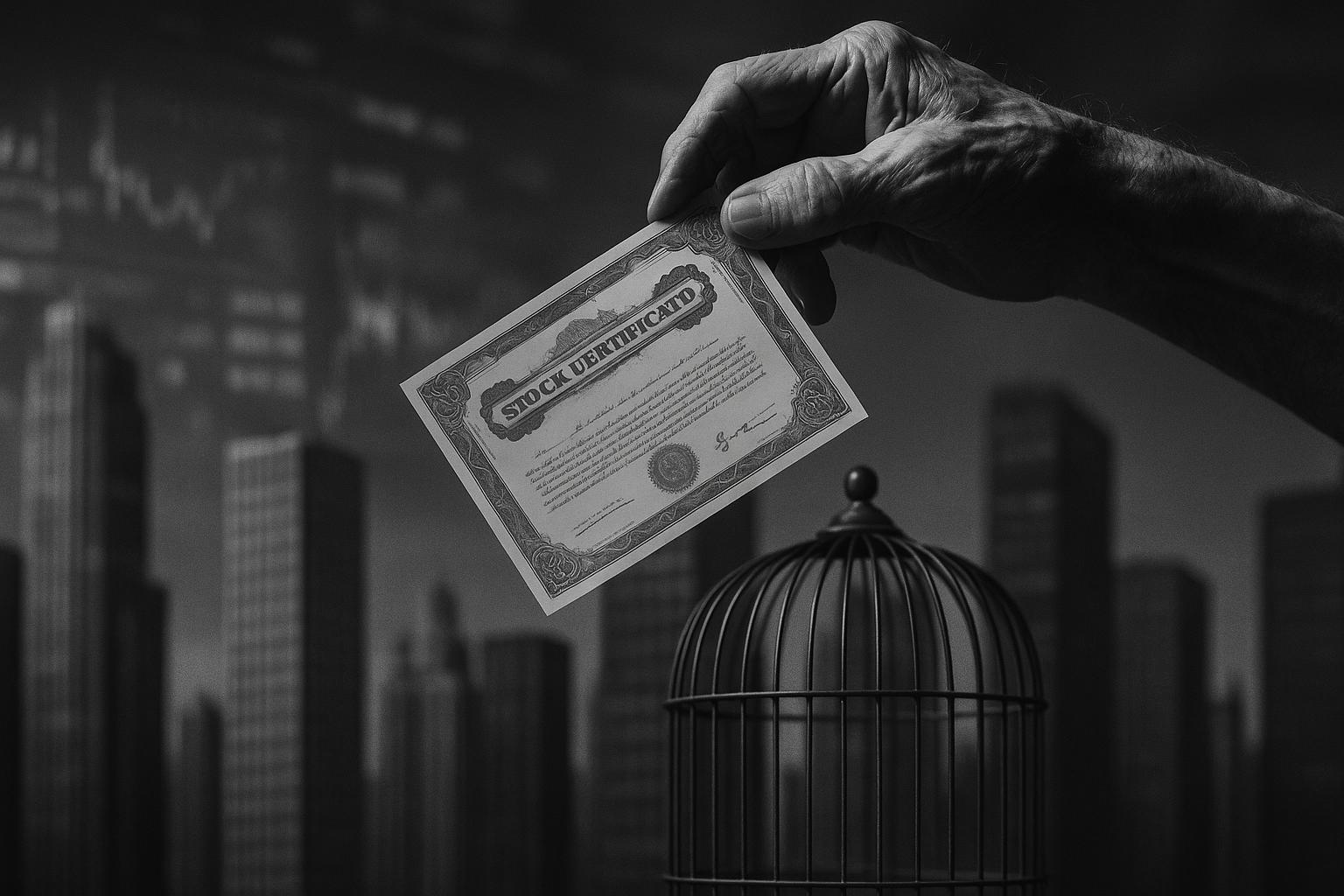It is a strange, jittery moment for investors: equity indices are nudging fresh records even as a host of warning signs suggests the uptrend may be running on borrowed confidence. The Daily Mail’s market commentary observed the FTSE 100 briefly hit an intraday peak before reversing, and Reuters likewise reported the index’s intraday high followed by a retreat as investors pocketed gains — a pattern that underlines how thin the margin for error has become.
Across the Atlantic the pattern is similar. The S&P 500 has repeatedly closed at or near record levels only to slip the next day as technology and other high‑flying sectors cool, a dynamic the Associated Press described as profit‑taking and short‑term caution. That oscillation has not gone unnoticed by professional strategists. Goldman Sachs, in a note summarised by Business Insider, warned that the S&P faces a better‑than‑one‑in‑ten chance of a greater‑than‑10 per cent decline within three months and an above‑20 per cent chance over the next year. Independent research groups add to the caution: Longview Economics points to “signs of froth and speculation” and makes the case that conditions for tactical shorting or hedging are building as futures and risk appetite gauges suggest complacency.
Trade policy is one of the structural risks pushing those probabilities higher. The Daily Mail piece reminded readers that tariffs cannot be a force for global growth or lower inflation; that point is borne out by the OECD’s modelling, which shows a scenario of broad tariff increases would shave roughly 0.3 percentage points off global output within a few years while adding about 0.4 percentage points to annual inflation. In short, escalating protectionism would not only dent growth but complicate the inflation picture that central banks are already grappling with.
That macro‑backdrop matters for the UK in particular. The commentary noted — and ministers have flagged — that the UK has posted relatively strong growth this year, helped in part by a rebound from a weak finish to the prior year and a temporary boost from public spending. At the same time, longer‑term interest rates are noticeably higher: the Daily Mail noted ten‑year gilt yields at about 4.7 per cent in intraday trading, and earlier in the year Reuters reported similar gilt‑yield spikes to levels not seen since 2008 as markets priced in more sustained borrowing and sticky inflation. Higher government borrowing and elevated yields increase the cost of capital across the economy and leave less room for fiscal manoeuvre.
For listed companies the picture is nuanced. The FTSE 100 earns a large majority of its profits overseas, so a domestic slowdown does not mechanically translate into an immediate earnings collapse for the index. Yet sectoral shocks and reputational or regulatory scares can dent sentiment quickly: Reuters highlighted how sector‑specific news — including calls from a US lawmaker for a probe into Standard Chartered — knocked bank stocks and helped push the market lower after its intraday high. Meanwhile, sell‑side forecasters quoted in other reports still see the FTSE ending the year below its recent peak on average, illustrating how professional expectations remain tempered even as headline indices flirt with records.
What should investors do? The Daily Mail columnist’s practical suggestion — that trimming positions or selling “a few” shares is a reasonable precaution — echoes the posture of several market analysts who advise tactical hedging rather than wholesale market abandonment. Longview urges caution and suggests hedging strategies for those concerned by the technical signals, while Goldman’s probability assessment argues for being prepared for a sizeable drawdown even if it does not arrive. The Associated Press’s coverage of recent trading emphasises how quickly markets can swing from record highs to modest pullbacks, reinforcing the difficulty of timing exits and re‑entries.
Viewed from a longer horizon, the fundamental case for global equity exposure remains persuasive, but the near term is littered with risks — from trade policy and sticky inflation to higher long‑term interest rates and episodic political or sectoral shocks. Investors seeking to protect capital should consider disciplined risk management: trim positions selectively, use hedges if appropriate to their objectives, maintain diversification and where necessary seek tailored professional advice. The debate is not between panic and complacency but about prudence: recognizing that record markets can coexist with rising downside probabilities, and positioning accordingly.
📌 Reference Map:
##Reference Map:
- Paragraph 1 – [1], [2]
- Paragraph 2 – [1], [3], [4], [5]
- Paragraph 3 – [1], [6]
- Paragraph 4 – [1], [7]
- Paragraph 5 – [1], [2]
- Paragraph 6 – [1], [5], [4], [3]
- Paragraph 7 – [1], [6], [5]
Source: Noah Wire Services
